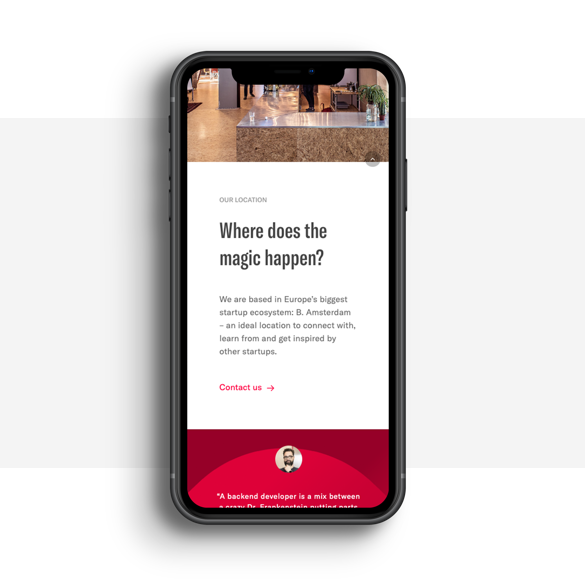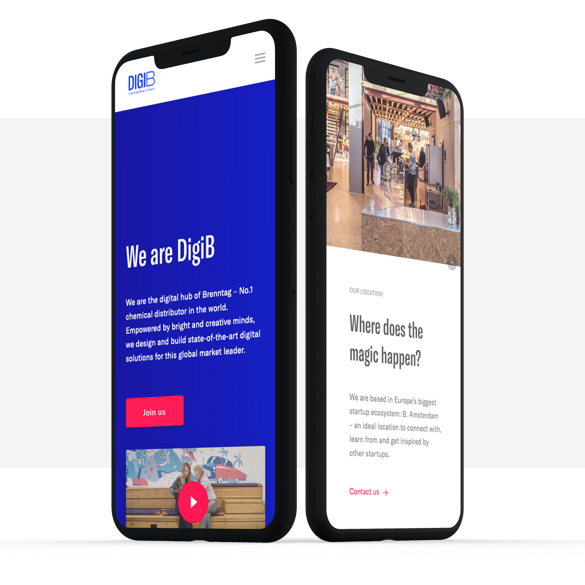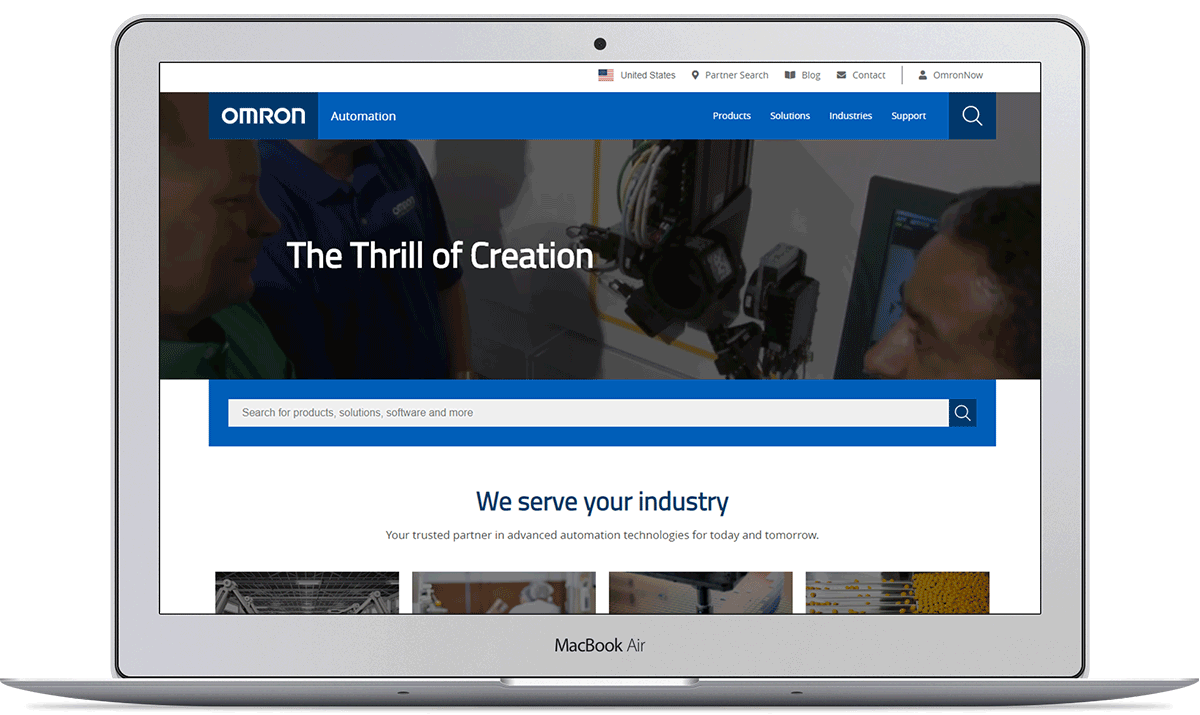Fast forward B2B: how to accelerate your digital commerce business


The guiding motto of DigiB is “create it, launch it, learn from it.” Rather than taking the time to perfect every single release, adding months to the lead time, DigiB focuses on putting new projects into the marketplace. Release a smaller scale project. If it works, scale it up, if it doesn’t, take a step back and learn from the problems that users experienced. This way, every project is a worthwhile endeavor, creating a ‘succeed or learn’ mentality that fosters a strong corporate mentality.
Being able to create a company-wide culture that believes in the digital transformation project matters, as each department is able to offer input on how the key business goals can be achieved. Sales teams will be speaking to current and potential customers day in, day out. Operational teams will be using the internal tools each day, able to give feedback on what works and what is still missing.
Each business will have a different priority when it comes to building a B2B ecommerce platform. This depends on the customer needs in each sector, and any pressures that are placed on the business by industry regulations. The list below looks at some of the most common priorities, though each business is different.
Making product discovery clear and simple
Companies with a wide array of available products or services will benefit from making sure that the site is built to provide easy-to-understand information on each product. On each product page, aim to answer any question the customer could have; keeping the customer on the product page means more proximity to the checkout.
Easy product discovery also means clear categorisation of products. Many B2B suppliers and distributors provide highly specialised products; it is the company’s responsibility to make finding the appropriate specialised product simple. The less friction in the buyer’s journey, the more likely they are to purchase.
Enabling site search
An undervalued benefit of building an e-commerce platform, site search is an obvious boost to user experience, but also an important data gathering tool. For many visitors, site search is how they engage with the site. It’s the bridge between each page, expediting the process of finding a product to buy. In terms of user experience, various features can be implemented to aid their search, such as autofill, search correction suggestions, and the ability to filter results. For visitors that are used to the features offered by Google, these additions to site search are less an added bonus and more of an expectation.
With site search implemented, make sure to review the analytics software to follow the journeys that users take around the site. Each business spends a good chunk of time trying to understand buyer journeys; this feature gives users the ability to track each journey to purchase.
By putting an advanced search tool in place, your business is able to see the key information that customers gravitate towards. It also Indicates missing content that the business should create – the questions customers are asking but not finding the answer to. The business can also see which additional purchases are considered, but not added to the basket, showing potential sales activations to use. Working with Omron, DEPT® used site search analytics and the onsite tracking software Hotjar to see how the architecture of the site was impeding users from checking out.
Putting all this together, the information can be used to provide a much more personalised experience for each visitor. Personalising the shopping experience boosts e-commerce sales, in DEPT®’s ‘What Do Consumers Really Think Of Personalisation?’ study, we found that 38% of consumers would spend more if a brand uses personalisation relevant to their needs. For Omron, this resulted in a tailored experience based on whether the visitor self-identified as a distributor, a system integrator, an employee, an end user, or a member of the press. Giving the appropriate information led to a 20% fall in bounce rate and a doubling of the average number of pages visited per session.

Logistics, lead time and availability
For a B2B commerce platform, providing detailed information on the manufacturing, shipping and delivery time is a key addition. Availability too, as nothing is more frustrating than finding the right product only to see it’s unavailable. This information is vital to future planning. It helps the customer plan their purchases and ensures they fit the time scale of their project. In an increasingly eco-conscious economy, being able to review shipping options and sourcing of products also allows the company to make the right decision based on environmental impact.
As a B2B supplier, think of the common questions that customers would ask, and that your business would ask of a supplier. Aim not only to answer these queries, but to make the answers highly visible and in close proximity to the purchase.
Product comparison
For suppliers that offer a wide range of similar products, particularly those that specialise in a particular niche, giving site visitors the ability to compare products is an important benefit. Not only can they compare in detail each product, they are also more likely to make the right purchase, boosting their opinion of the brand and making the customer more likely to return.
Crawl, walk, run
Whether your business is highly fluent in digital projects or new to the space, the journey to running a market-leading e-commerce platform begins with the first step. Rather than aiming to release the perfect platform, begin with agile projects. Focus on making an impact sooner rather than later and seeing what can be proved and what can be learned. Steady rollout of further features will create a system of constant improvement, always aiming to iterate and optimise. Each success will be reflected by customer sales and preference for your business.
More Insights?
View all InsightsQuestions?
Global SVP Technology & Engineering





